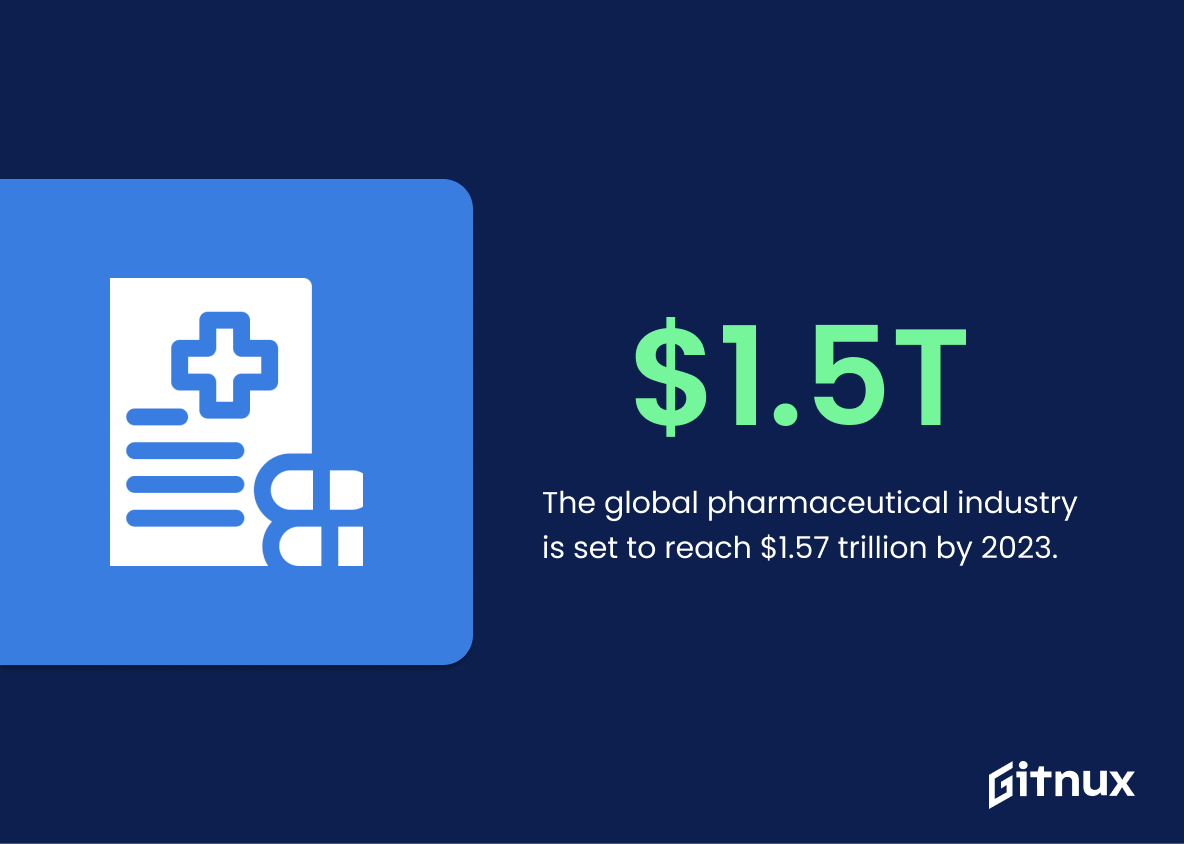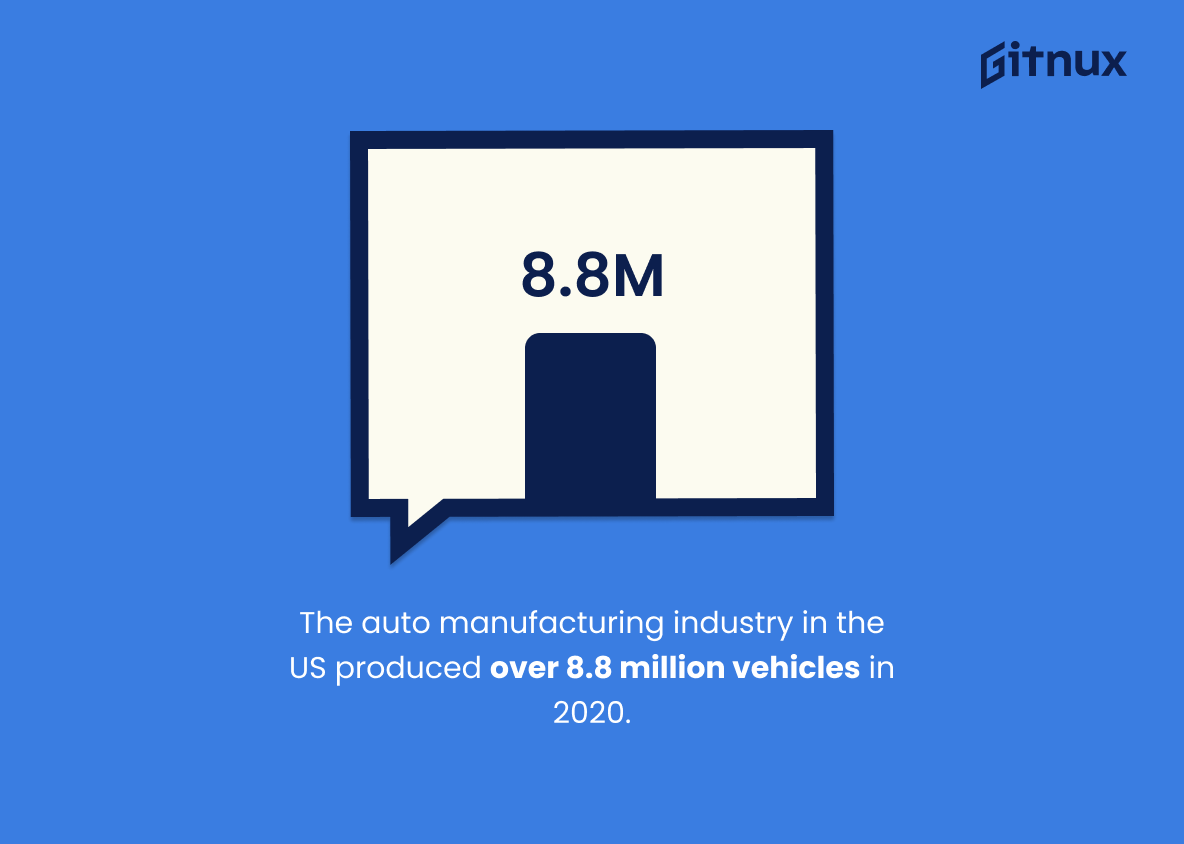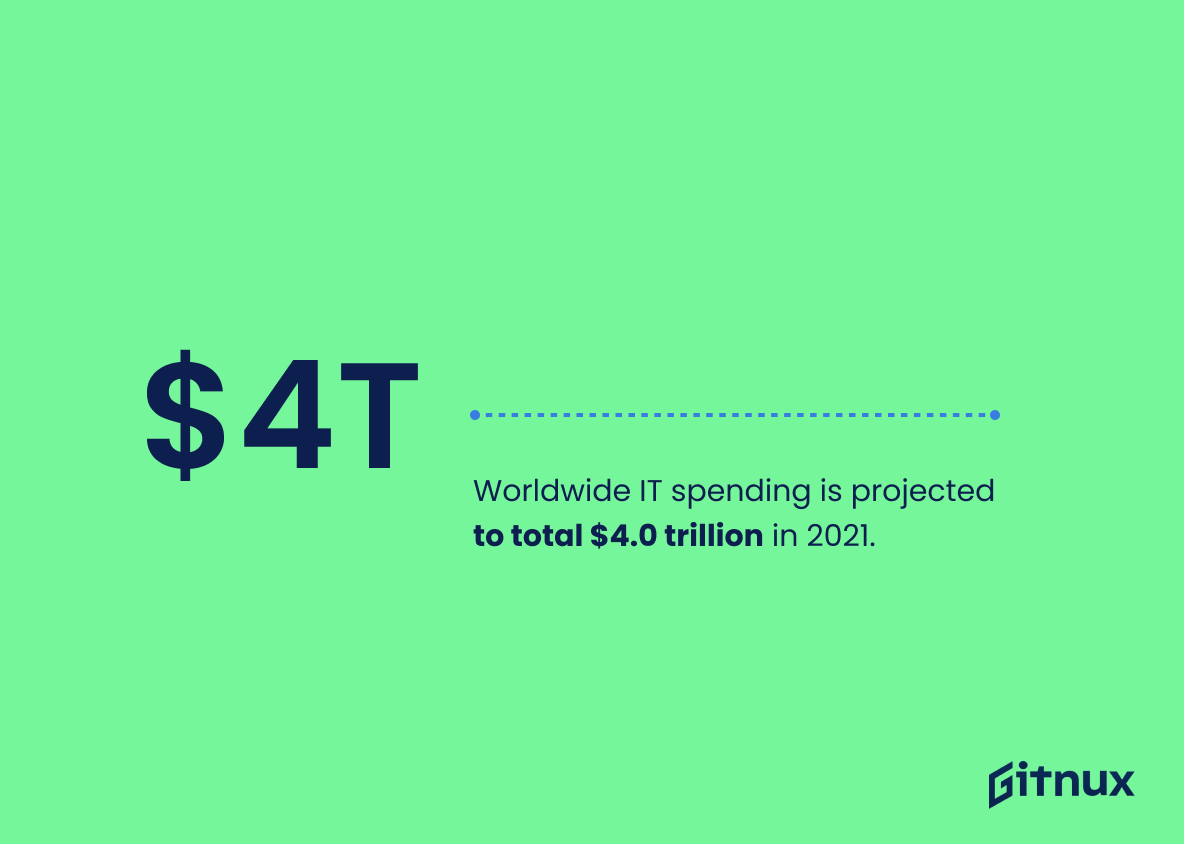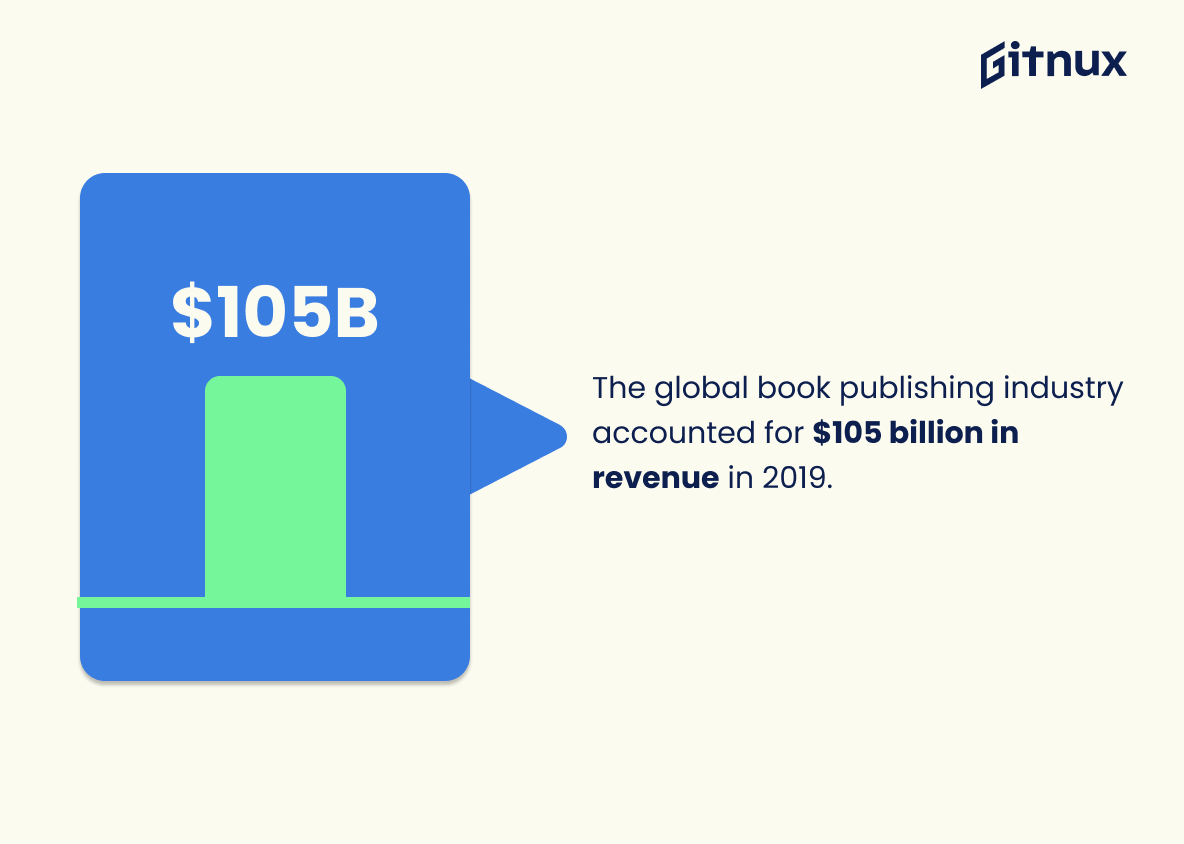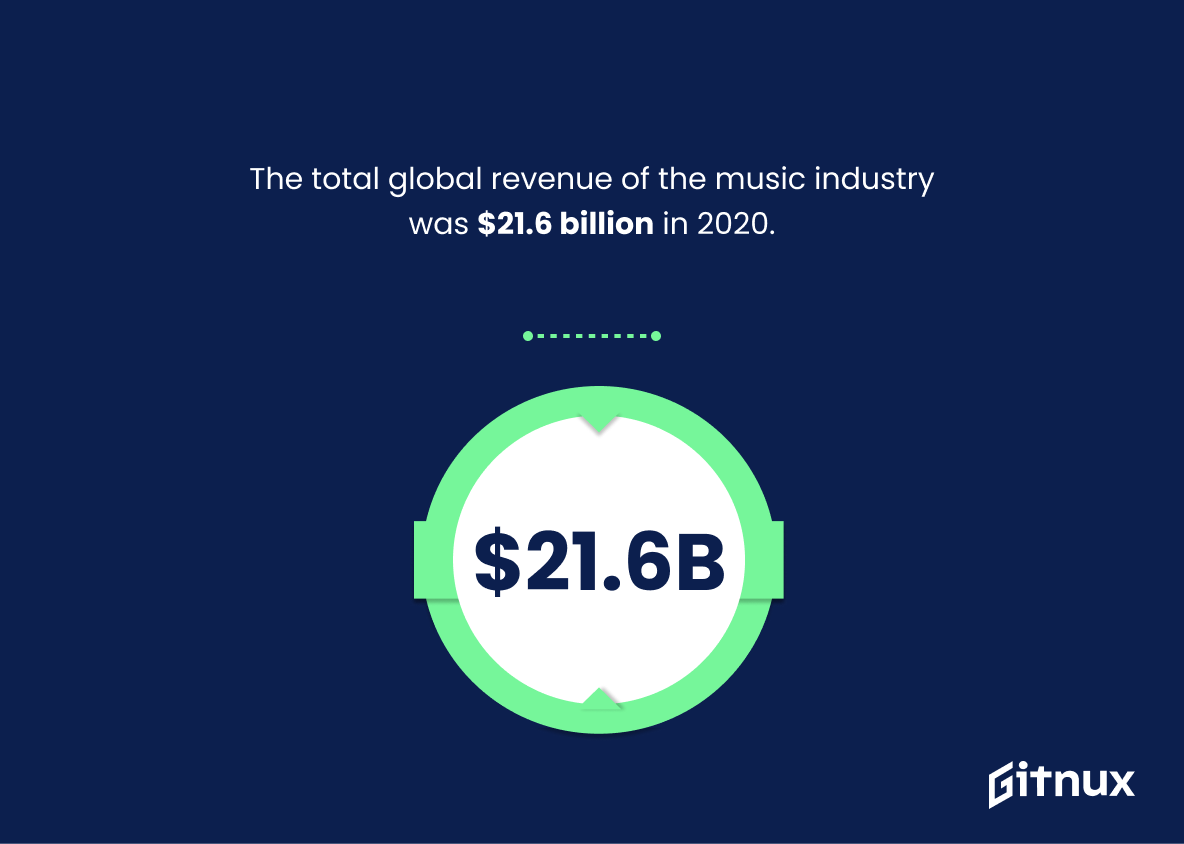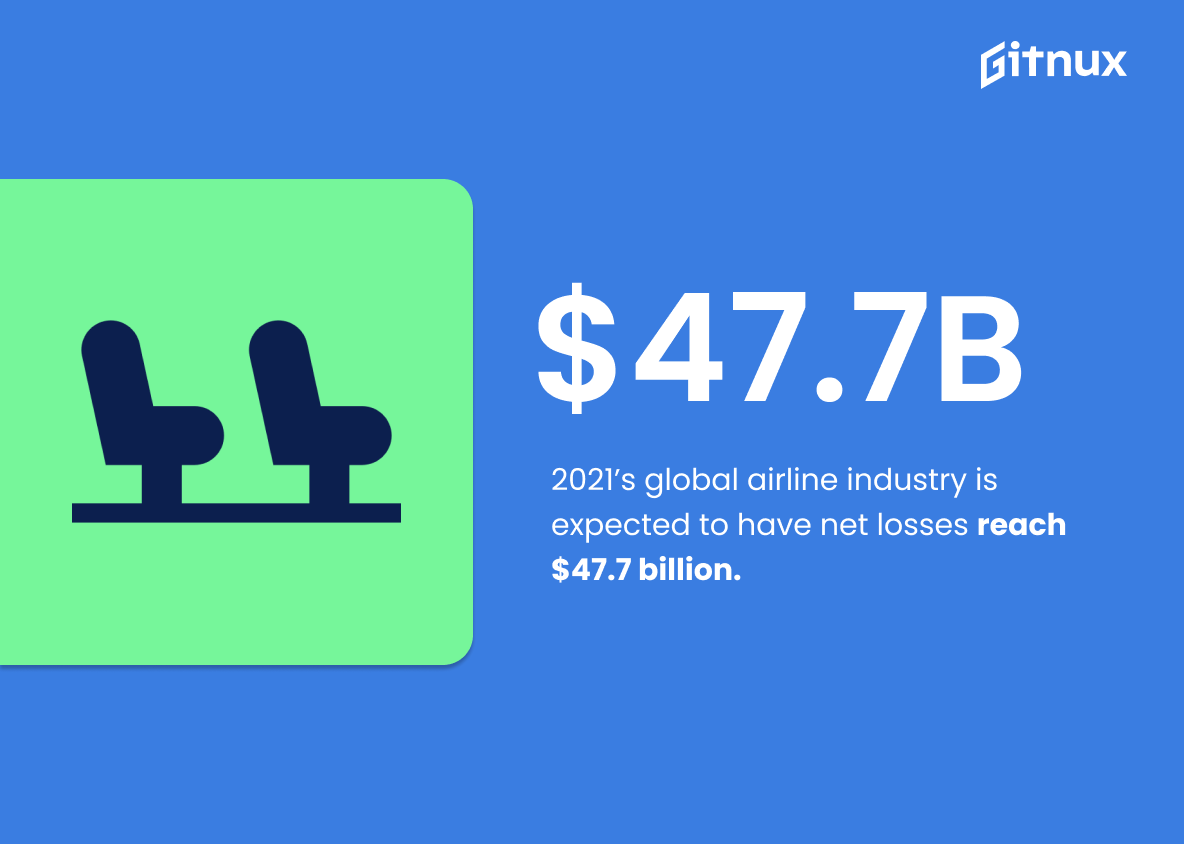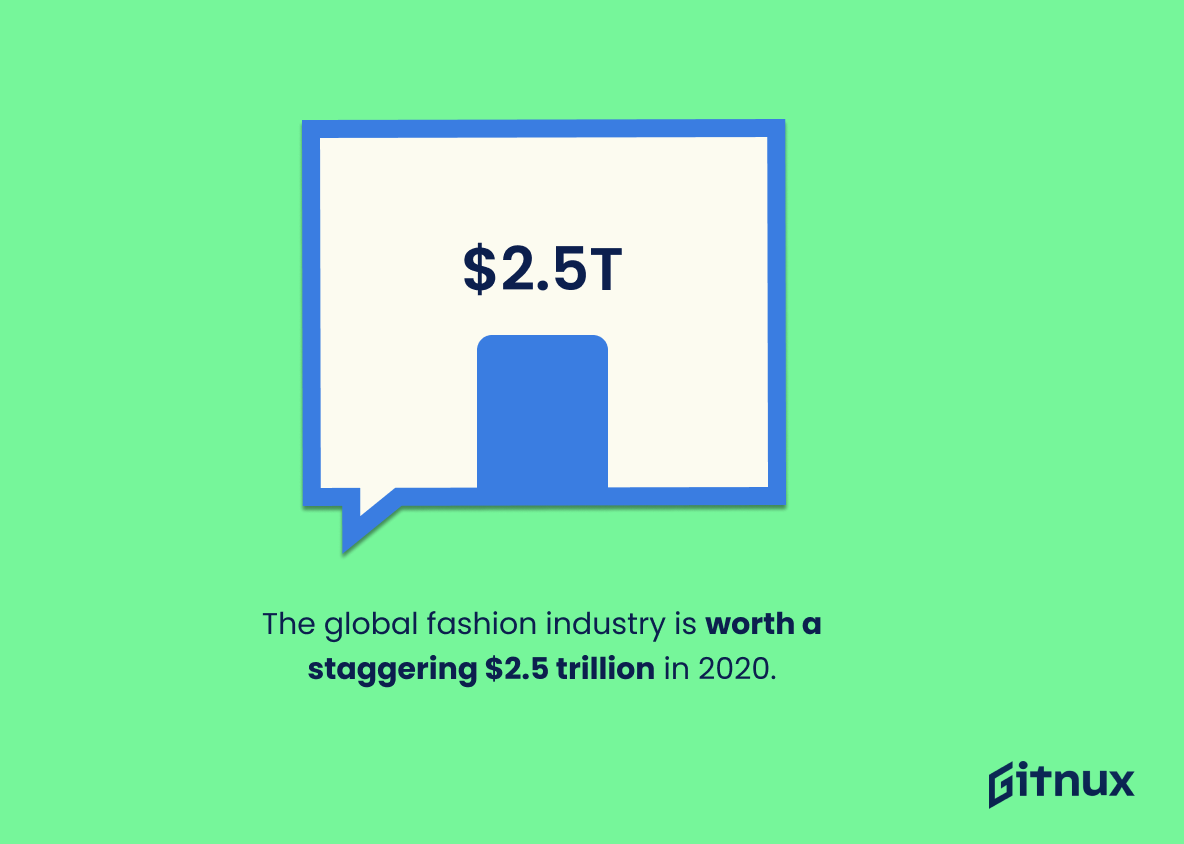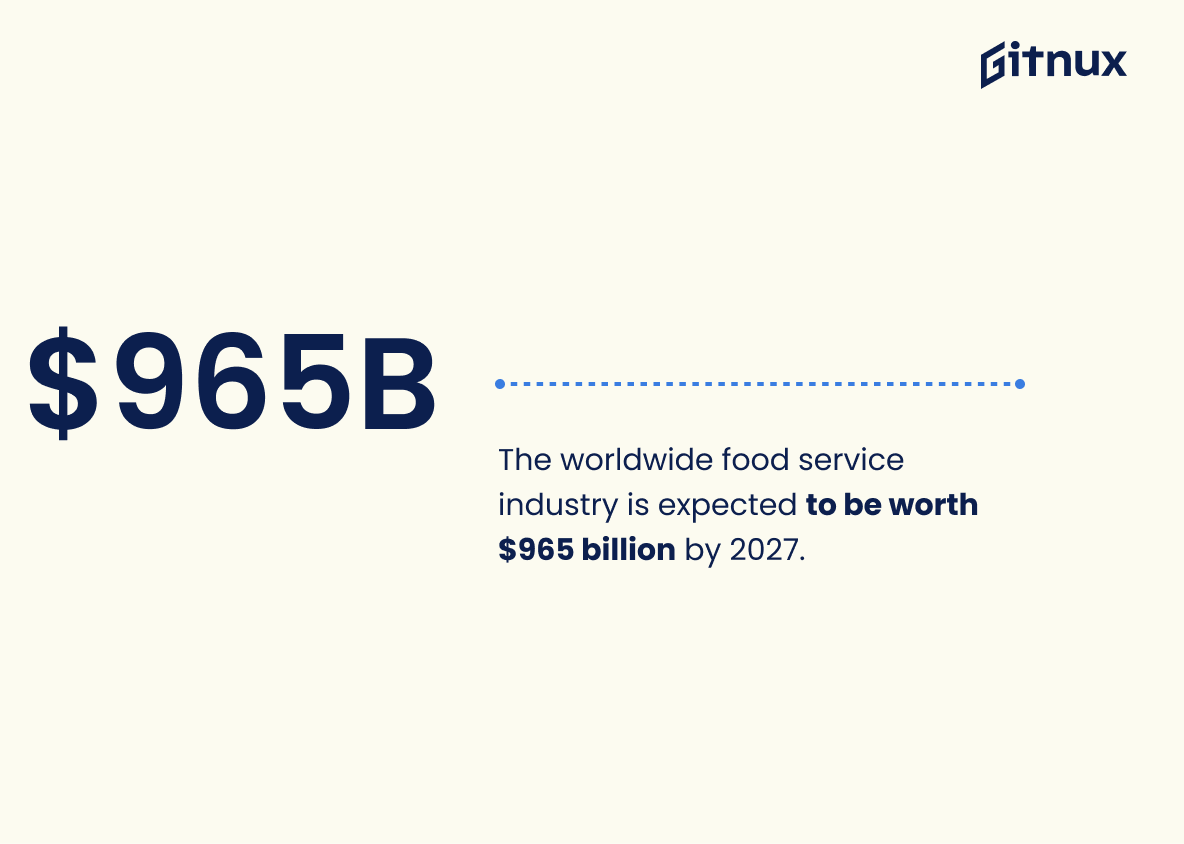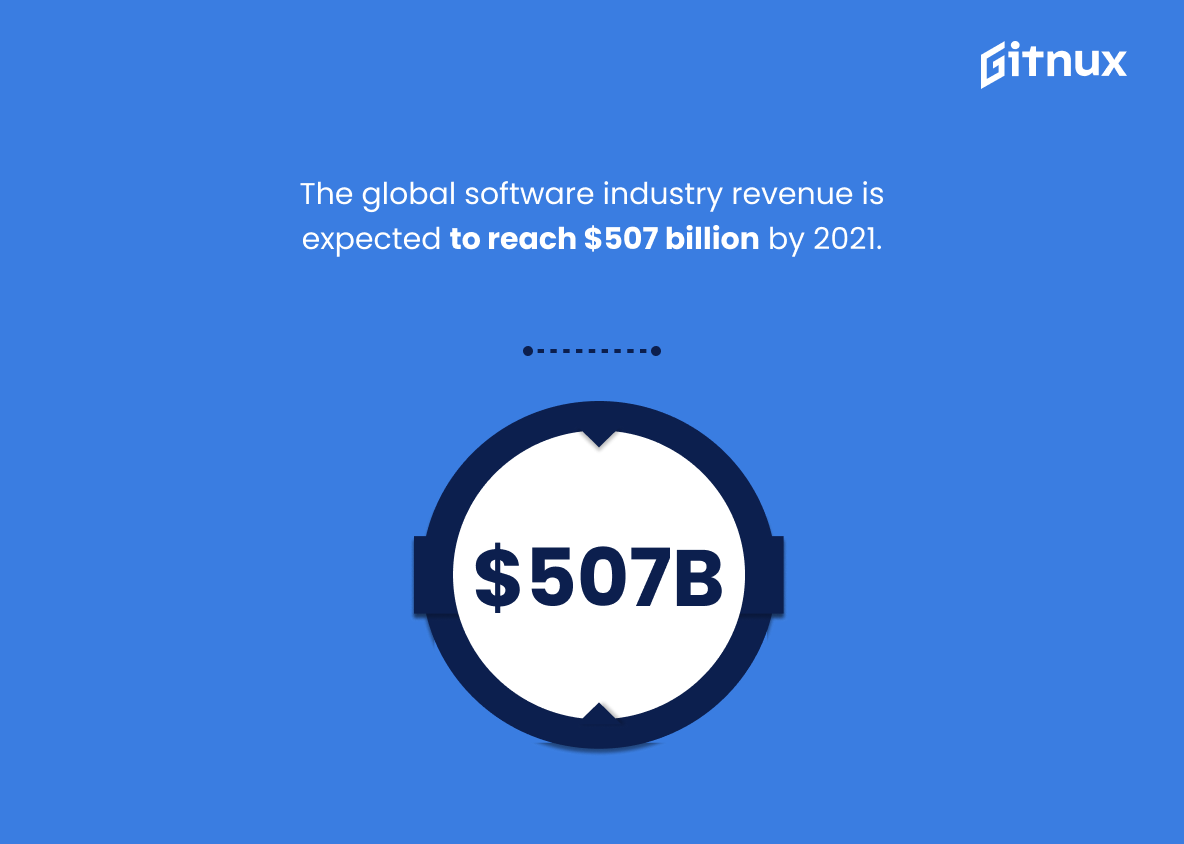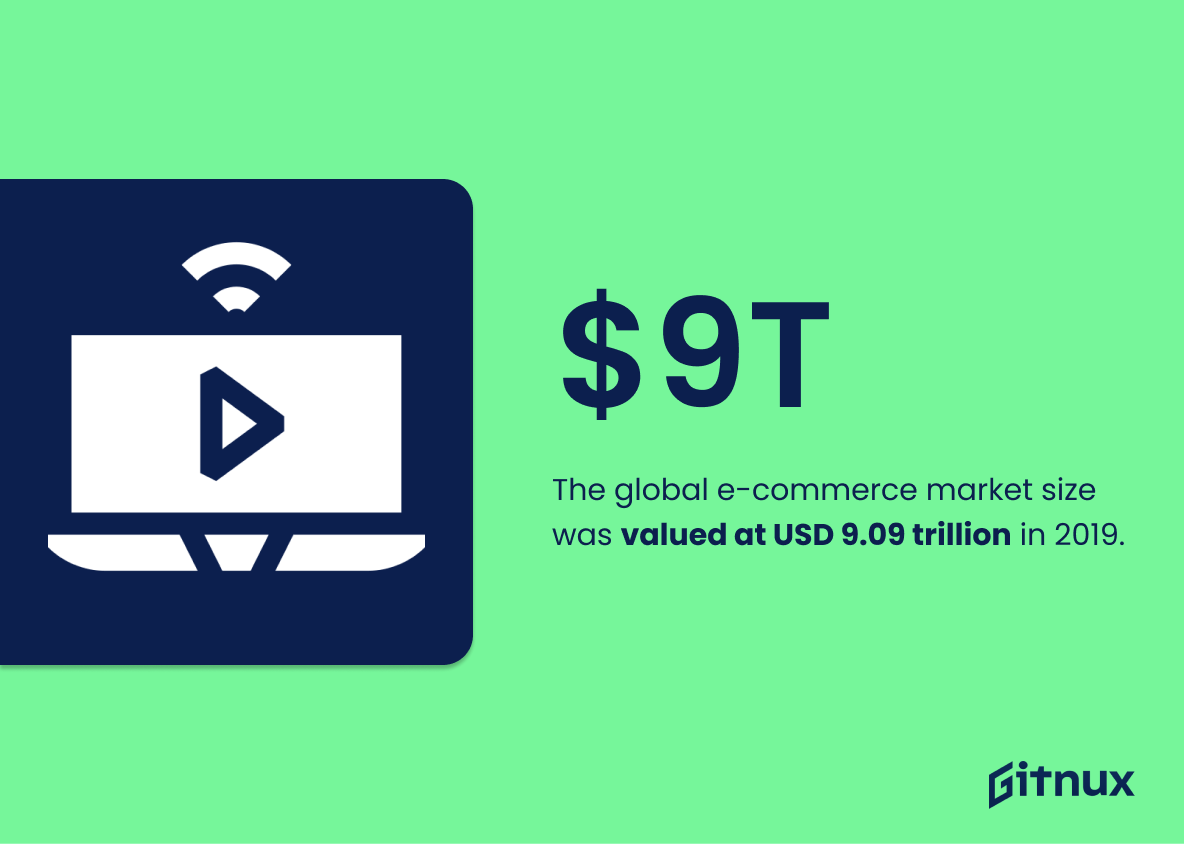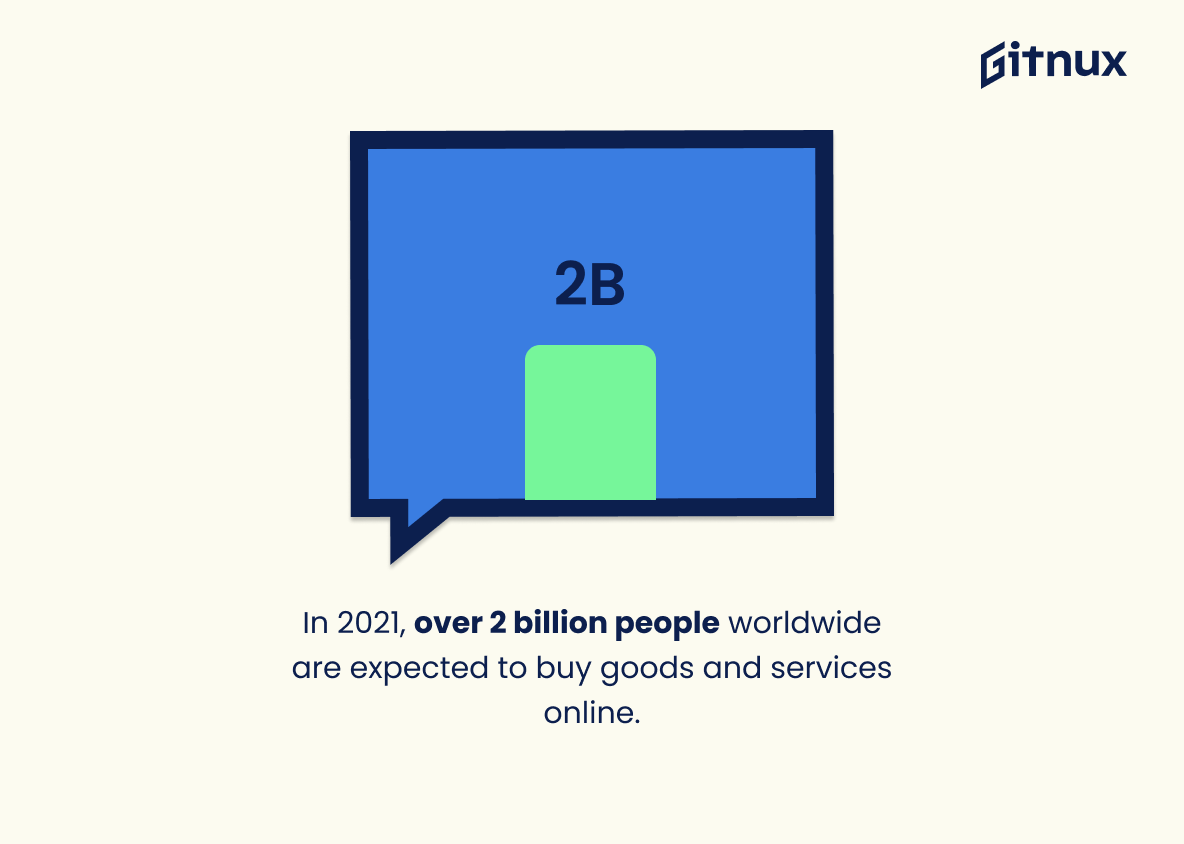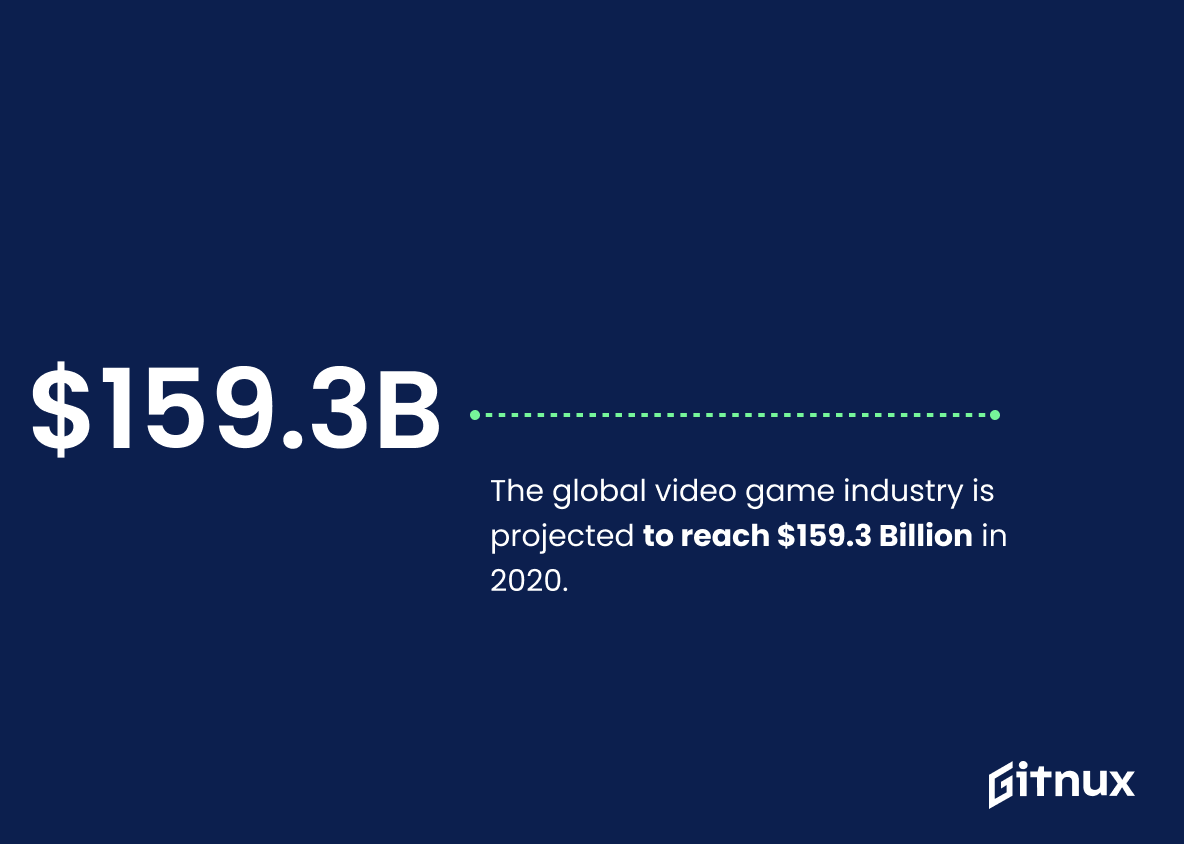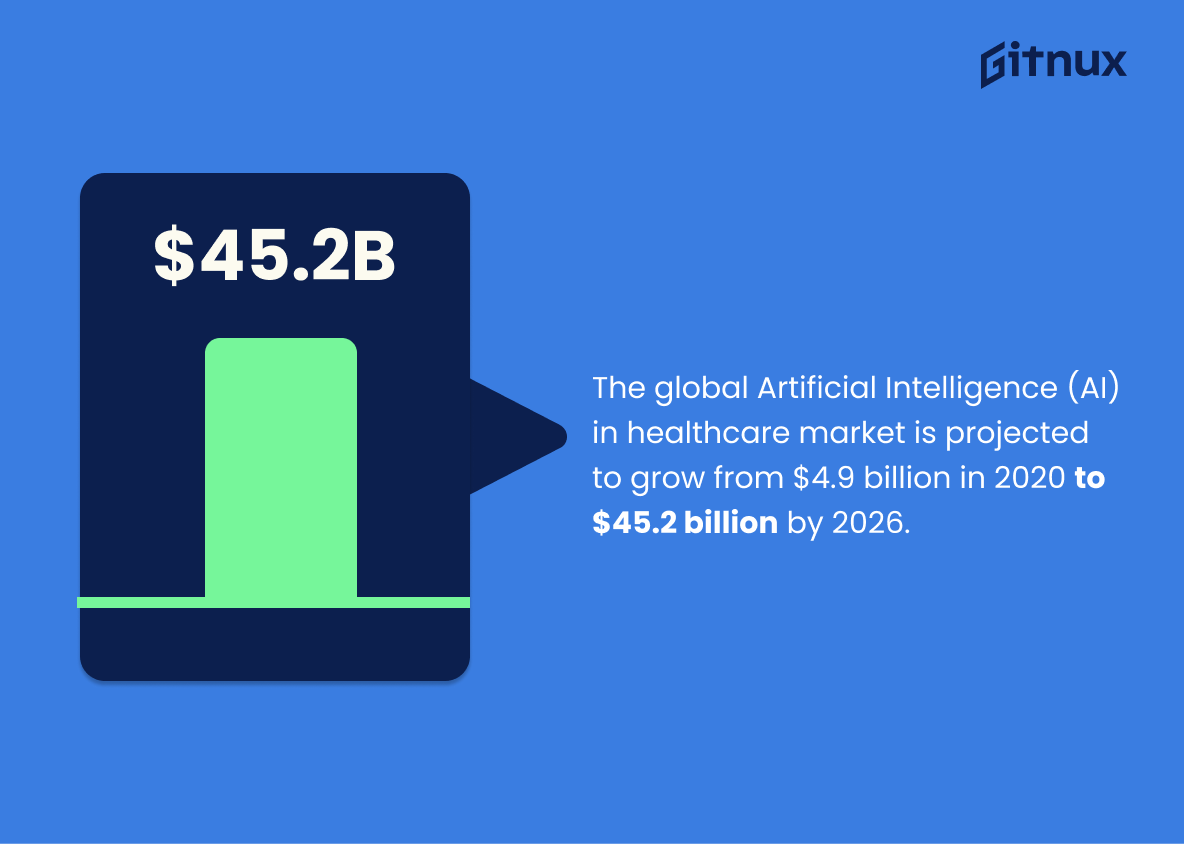The evolving dynamics of industries is a treasure trove of statistics that reflect market trends, growth potential, and business opportunities. In order to thrive in any industry, it’s important to harness the power of these statistics. This blog post delves into various examples of industry statistics, demystifying them and providing insightful analysis.
Whether you are an entrepreneur, market researcher, business enthusiast or simply a curious reader, our discussion will paint a vivid picture of the rhythmic highs and lows of different industries, helping you to better understand business patterns and leverage this knowledge for success. Get ready to take a deep dive into a world of numbers and see how they shape our industrial landscape.
The Latest Example Of Industry Statistics Unveiled
The global pharmaceutical industry is set to reach $1.57 trillion by 2023.
Gazing into the crystal ball of the global marketplace, an astonishing revelation springs forth – the rapid expansion of the global pharmaceutical industry, slated to top a staggering $1.57 trillion by 2023. In the grand tapestry of industry statistics, this number is not merely another strand – it’s a signifier of monumental growth and profitable opportunities.
In the context of industry statistics, this paints a fascinating portrait of resilience and evolution. Decoding this figure illuminates an industry’s ability to adapt, innovate and thrive amidst global challenges and market fluctuations. Just think – those trillions of dollars reflect numerous potential investments, endless job creations, as well as significant advancements in public health.
Underlying this magnificent statistic is the testament of human ingenuity, driving the wheels of an industry, transforming it into a robust economic powerhouse. So, imagine what this skyrocketing figure could imply for stakeholders. We’re not merely looking towards a lucrative future; we are basking in the dawn of unprecedented growth in the pharmaceutical industry.
Therefore, it’s safe to say, this is a statistic that demands attention, prompting us to watch, analyze, and navigate this booming pharma-scape. Undeniably, this number is not just another statistic. It’s the global pharmaceutical industry’s magnum opus, set for its grand unveiling by 2023. Reading it, understanding it, and sharing it is more than a necessity – it’s a responsibility.
So, next time you stumble upon a ‘simple’ statistic, remember – behind each number lies a riveting story of growth, challenges, innovation, and success. And that, my readers, is the allure of industry statistics.
The auto manufacturing industry in the US produced over 8.8 million vehicles in 2020.
The potency of this statistic lies in its testament to the gargantuan scale and extensive reach of the auto manufacturing industry, serving as a vehicle of its own for economic and employment growth in the US. Not merely confined to a dull number, 8.8 million vehicles showcases the industry’s capacity to produce and innovate on a massive scale in 2020.
A closer look at the number reveals the breadth of employment opportunities provided to those participating directly or indirectly in the process, including jobs in the supply chain or in ancillary industries. This illuminating snapshot of the industry’s production capability is a testament to the economic engine it represents. Peeled back layer by layer, this statistic unwraps the dynamic, evolving narrative of an industry that continues to shape and drive the US economy’s journey even in challenging times.
Worldwide IT spending is projected to total $4.0 trillion in 2021.
Unveiling the spectacular scale of worldwide IT spending, projected to reach a staggering $4.0 trillion in 2021, provides a profound awareness of the pervading influence and exponential growth of the IT industry. Illustrating such eye-catching industry statistics in a blog post sets the stage for an engaging dialogue. It not only showcases the industry’s operating magnitude but also illuminates the ongoing trends, key market players, potential investment prospects, and the strategic importance of the IT industry within the global economic framework.
This immense figure stands as a vivid testament to the industry’s lucrative nature, and its potent potential to reshape our future. From this vantage point, we can probe further into the underlying forces, challenges, and predictions that paint a comprehensive picture of the IT industry’s dynamic and intricate landscape.
The global book publishing industry accounted for $105 billion in revenue in 2019.
As we dive into the universe of industry statistics, it’s like discovering a new galaxy when we learn that the global book publishing industry was a cosmic force weighing in at $105 billion in revenue in 2019. This dynamic figure isn’t merely a number, but it provides context, scale, and implications for the industry. It offers a trail for exploring the industry’s depth, productivity, and potential impact on global economies.
It illuminates the magnitude of the book publishing universe, underlining its contribution and influence on culture and knowledge dissemination. So, for those engaging in industry-related discourse or for businesses navigating these publishing star-systems, this formidable figure offers a telescopic view of the terrain. Facts like these serve as celestial constellations guiding us through the vast expanse of industry statistics.
The total global revenue of the music industry was $21.6 billion in 2020.
Leveraging the staggering figure of $21.6 billion earned by the global music industry in 2020 ultimately shines a towering spotlight on the potential profitability of this vibrant sector. In a blog post concerning industry statistics, this monetary monolith serves as a crucial paradigm of economic strength and resilience, even in a year marred by global crisis.
It subtly weaves a tale of adaption, innovation, and evolution as industries strive to stay afloat amid challenging waves. Undeniably, this robust figure fuels a compelling narrative about the power of creativity and the sheer magnitude of the music industry, providing insightful context within industry-wide statistical analyses.
2021’s global airline industry is expected to have net losses reach $47.7 billion.
The projected $47.7 billion net loss for the global airline industry in 2021 isn’t just another daunting number on the screen. Indeed, it serves as a glaring spotlight, accentuating the substantial repercussions the industry is facing in the wake of the global pandemic. In a diverse tapestry of industry statistics, each strand providing insights into a particular sector, this figure stands out as a testament to the intricate interconnectedness of economic sectors and their vulnerability to unpredictable, global events.
This candid detail transcends mere monetary loss, unfolding narratives on the dynamics of supply and demand, operational challenges, and the domino effect felt by linked industries such as tourism and hospitality. It offers bloggers and readers a reflective focal point to discuss, debate and dissect the current flux in the landscape of industry statistics. Furthermore, it invites contemplation on what the future might hold – the potential highs and lows – underlining its significance for analysts, investors, and policy makers alike.
So, whether you’re an industry insider fishing for actionable insights or a curious reader exploring the realm of industry statistics, this data point can serve as your compass, guiding you through the complexities of the global market.
The global fashion industry is worth a staggering $2.5 trillion in 2020.
Highlighting the colossal $2.5 trillion value of the global fashion industry in 2020 provides staggering insight into the sheer scale and economic importance of the sector. This monumental figure does more than just communicate the industry’s financial girth; it underscores the industry’s extensive reach into nearly every facet of global economy, culture, and lifestyle.
Framing the financial worth of the fashion industry in the language of trillions—usually reserved for talks of national GDPs—helps demonstrate the pervasive influence of fashion and its interrelationship with multiple other industries, from raw material production and manufacturing to marketing and retail.
In the context of an industry stats blog post, readers can gain an enriched understanding of the industry’s scope and potential opportunities. Given its weighty economic impact and powerful role in global commerce, it implies a call to the industry stakeholders and aspirants alike to recognize the potential for innovation, growth, and strategic decision-making. Above all, this statistic stands as a testament to the fashion industry’s undeniable economic significance and places it high in the hierarchy of major global industries.
The worldwide food service industry is expected to be worth $965 billion by 2027.
The tapestry of industry statistics is certainly colored vividly by the forecast of the worldwide food service industry ballooming to a staggering $965 billion by 2027. A prediction like this provides a delicious food for thought in any discourse on industry dynamics.
The sheer magnitude of this figure underlines the critical role this industry plays in the global economy’s matrix. Comparatively, the exponential growth of the food service industry reflects our global populace’s evolving needs and preferences, spotlighting the escalating demand for varied and convenient food options.
In the spectrum of industry statistics, this forecast serves as a loaded compass, highlighting the direction in which our money and tastes map our future. It could help investors winnow out potential prospects and could guide businesses to new culinary landscapes, ripe for innovation.
So, in dissecting industry trends through statistics, the predicted worth of the food service industry is a spice that adds a depth of flavor, enriching the understanding of ongoing market movement and robust future opportunities.
The global market size of outsourced services reached $92.5 billion in 2019.
Examining the statistic—’The global market size of outsourced services reached $92.5 billion in 2019’—provides an illuminating glimpse into the fast-growing sphere of outsourced services. This figure, underlining the exterior dimension of various businesses, verifies an increasingly interconnected global economy where responsibilities are often shared across borders. Highlighting this trend, it suggests an evolving corporate landscape, where focus leans towards specialization and optimization of costs through outsourcing.
Moreover, by indicating the magnitude of funds moving away from traditional in-house operations to external service providers, it tells a story about contemporary business strategy and competitive advantage. This formidable hefty number speaks volumes about the scale at which companies are choosing to delegate tasks outside of their organizations, thus underlining a significant paradigm shift in the world of business and economics. It harbors grand implications on businesses and their strategy on both macro and micro scales.
The global software industry revenue is expected to reach $507 billion by 2021.
Projected to skyrocket to the whopping $507 billion mark by 2021, the global software industry revenue statistic throws a light on the intense dynamism and exponential growth that defines this industry. In a discussion revolving around industry statistics, this exemplifies a perfect case study. Offering a blend of information, predictive insights and a perspective on the relative scope of the software industry, this statistic speaks volumes about the strategic roadmap to be followed from a business standpoint.
The thrust of this prediction also provides perspective to startups, SMEs, and giant corporations alike who are venturing or furthering their stake in the software industry. It vividly paints a picture of the potential returns and growth opportunities that lie ahead. Thus, the ability to comprehend and strategically use this statistic can act as a key competitive advantage for organizations worldwide.
Moreover, in the context of a blog post dedicated to industry statistics, it sets a precedent about how data trends and future projections can shape business strategies, influence stakeholder decisions, investment plans and depict industry health reassuringly. It is a critical marker of what the industry holds near future, thus, is a valuable inclusion in any discourse on industry statistics.
The global e-commerce market size was valued at USD 9.09 trillion in 2019.
Delving into the expansive world of industry statistics, the revelation that the global e-commerce market size was valued at a staggering USD 9.09 trillion in 2019 offers a compelling lens to view the current trajectory of commerce. This towering figure not only reflects the staggering amount of financial transactions occurring in the digital marketplace, but also illuminates an about-face in consumer behavior away from traditional brick-and-mortar shopping towards online platforms.
This key insight can serve as a lightning rod for entrepreneurs, investors, and policymakers to recognize, comprehend, and capitalize on the paradigm shift in commerce, thereby anchoring their strategies in the prevailing trends of the industry. The numbers speak for themselves, and this one bellows about the overwhelming influence and potential of e-commerce in the global marketplace. Hence, it bears an immense significance in any industry statistics discourse.
In 2021, over 2 billion people worldwide are expected to buy goods and services online.
In the vibrant, swirling landscape of the global market, this statistic serves as a crucial beacon of changing consumer behaviors and trends. Think of it as a siren song of the digital age; over 2 billion people worldwide prefer to leverage modern technology for their shopping needs in 2021, thereby putting a spotlight on the amplified significance and potential of e-commerce. With such a humongous user base, businesses can gain strategic insights and innovate accordingly to appeal to an extensive, digital-savvy audience. It’s not merely a statistic; it’s a mirror reflecting the future contours of consumerism and commerce.
The global video game industry is projected to reach $159.3 Billion in 2020.
Imagine a sprawling, digital landscape expanding exponentially year on year. This is the World of Video Games—a global industry that is gearing up to accumulate a mind-boggling $159.3 Billion in 2020. A figure so colossal that it outshines the GDP of over 120 countries. The statistics state the outright majority held by video games, challenging traditional entertainment giants like movies and sports.
In this industry-driven blog post, the quoted figure doesn’t just reverberate as a sheer number—it represents a global affirmation of digital entertainment. It’s an assertive prediction of how our recreational patterns are shifting and will continue to do so. It’s the forecast of revenue from millions of keystrokes, countless quests, and innumerable victories celebrated across the globe.
When you delve deeper into the layers of the gaming world, this figure splits into numerous tales from myriad backgrounds—from a teenager developing games in his bedroom to a multinational corporation releasing the latest AAA title. Harnessing this dynamism in this post illustrates the power of industry statistics—not as inert numbers but as potent narrators of this unfolding commercial saga.
In essence, the projection of the video gaming industry reaching $159.3 Billion is not just an echoing statistic—it’s a testament to industry growth, innovation, and the changing tapestry of modern entertainment. It’s an industry statistic that pulsates with stories, trends, and transitions, inherently woven into the fabric of this blog post.
The global Artificial Intelligence (AI) in healthcare market is projected to grow from $4.9 billion in 2020 to $45.2 billion by 2026.
Highlighting the impressive trajectory of the global Artificial Intelligence (AI) in healthcare market, the given statistic serves as a vibrant illustration of the transformational power of technology within industry landscapes. An extraordinary leap from $4.9 billion in 2020 to the expected $45.2 billion by 2026 underlines the momentous trend of AI acceptance in this vital sector.
Within our discussion on industry statistics examples, this particular information acts as a reference beacon, elucidating how data charts the course of industry growth, identifies trends, and reveals the magnitude of technology adoption within industry sectors. It effectively paves the way for an enriched understanding of the symbiotic relationship between advancements in AI and the subsequent evolution in healthcare in measurable numerical terms. Simply put, such soaring statistical revelations inspire conversations about not just the present, but also the future of industries, offering a glimpse into a world enhanced by continual technological innovations.
Conclusion
Having dived deep into various industry statistics examples, it’s clear how these data points play an instrumental role in shaping our understanding of different sectors. These statistics aren’t just mere numbers, they are powerful tools that businesses can leverage for strategic planning, forecasting, competitor analysis, and guiding decision-making processes. We hope that this variety of examples has provided you with meaningful insights and demonstrated the immense value of industry statistics.
Consequently, it’s safe to say that anyone who desires to succeed in their industry, no matter how large or small, can greatly benefit from paying close attention to industry statistics. Always remember, informed decision-making is a key differentiator for success and industry statistics provide an invaluable source of that information.
References
0. – https://www.www.businesswire.com
1. – https://www.www.statista.com
2. – https://www.www.gartner.com
3. – https://www.www.grandviewresearch.com
4. – https://www.publishingperspectives.com
5. – https://www.www.globenewswire.com
6. – https://www.www.iata.org
